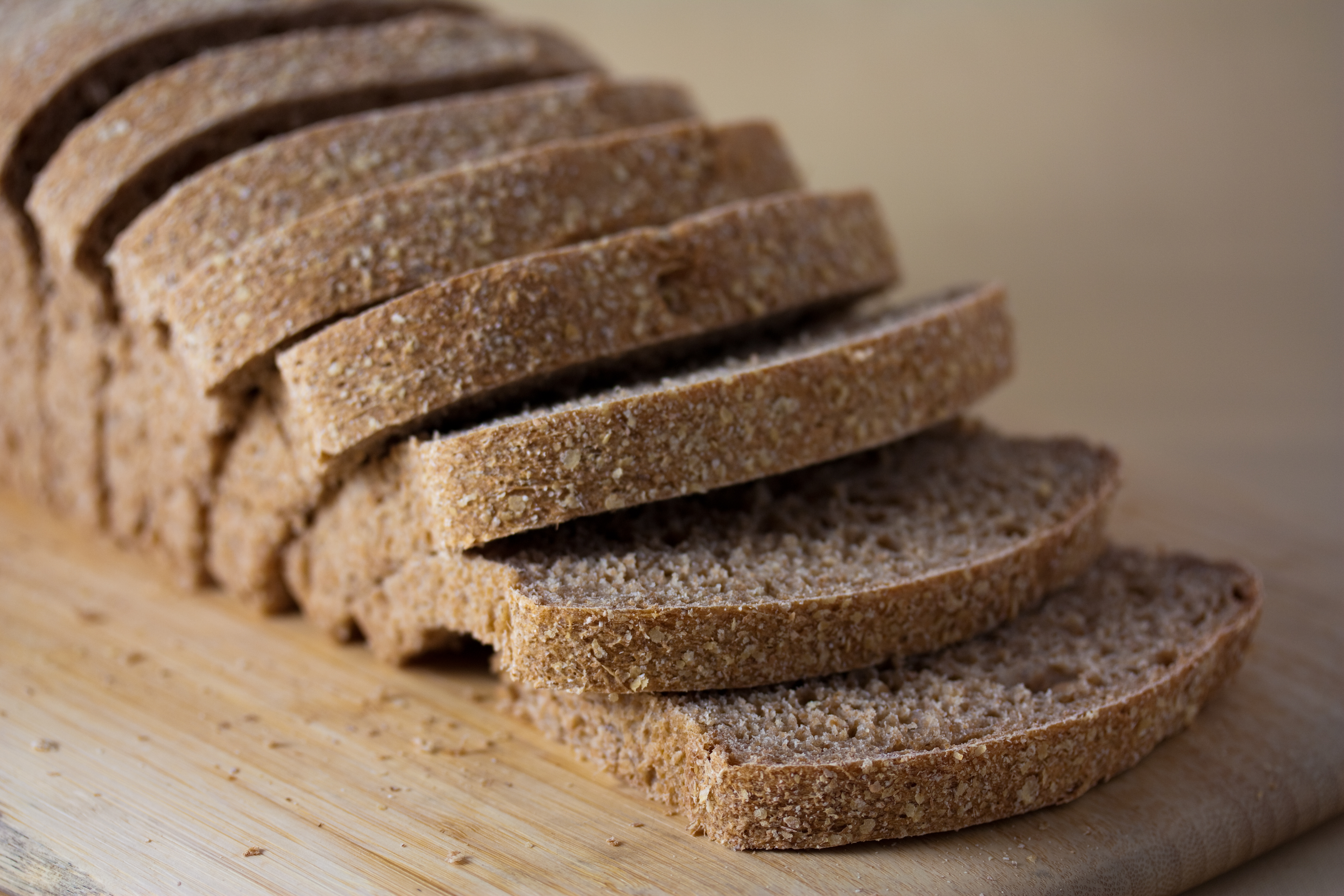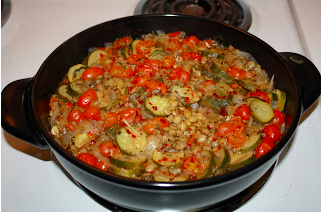 “Even in failure there is success” or words to that effect.
“Even in failure there is success” or words to that effect.
I recently tried to create a biscuit recipe using 100% whole grain flour. To get to the rescuing part skip to the end; to learn how I got there, read on.
I'll start with a confession and tell you that I while I consider myself to be a fairly good baker and certainly do well with most baked goods there are two things that I'm still working hard at improving. One is pie crusts and the other is biscuits. They usually taste good and are certainly edible but don't always come out the way I envision them.
We recently had a curried sweet potato zucchini soup for dinner and I wanted to serve biscuits with it. Being the whole grain advocate that I am I, of course, wanted them to be 100% whole grain biscuits. One of the challenges of baking with whole grain flour is the way it changes the moisture content and also the loft, or rise, of whatever you are making. This can even be true in recipes where you make a simple switch from all-purpose to whole wheat flour. The additional fiber affects the dough.
As you can see from the picture, the biscuits did rise. But they didn't rise as much as I had imagined they would. Because of the amount of baking powder and baking soda I wasn't sure how much salt to use. They wound up not having enough so they were a bit bland. Although they were tasty enough with the soup, which was very flavorful and satisfying, they were not going to be tasty enough for jam biscuits to go with breakfast the next morning. As a matter of fact they hardened up just enough that I didn't think anyone would want to eat them.
This is where my curious nature sometimes comes into play. Faced with a half a batch of leftover biscuits (the recipe made a dozen) I wondered what you could do with leftover biscuits. My initial thought was to split them, lay them on the bottom of a casserole dish and then pour some sort of a hot fruit compote over them and see if that would work as a bottom crust. When I thought about it further I decided that might not be the best option because it would then probably result in a mushy mess at the bottom of the compote; I couldn't be sure that the biscuits would hold together enough.
Then inspiration struck (here's the rescuing part) since they weren't too salty I wondered if they could be turned into something sweet? I ground them up in my cuisinart. It turns out that 6 biscuits makes approximately 1 1/2 C. of biscuit crumbs. Combined with 6 T. of butter, 2 T. of sugar and a dash of cinnamon they create a nice graham cracker-type crust at the bottom of a pie dish. Topped with a sweet cheese filling (I used quark) and some sour cherries it made a tasty dessert.
While I certainly do not plan on making biscuits for the purpose of their crumbs I now know that at least they can be used to make a decent crust if needed.





